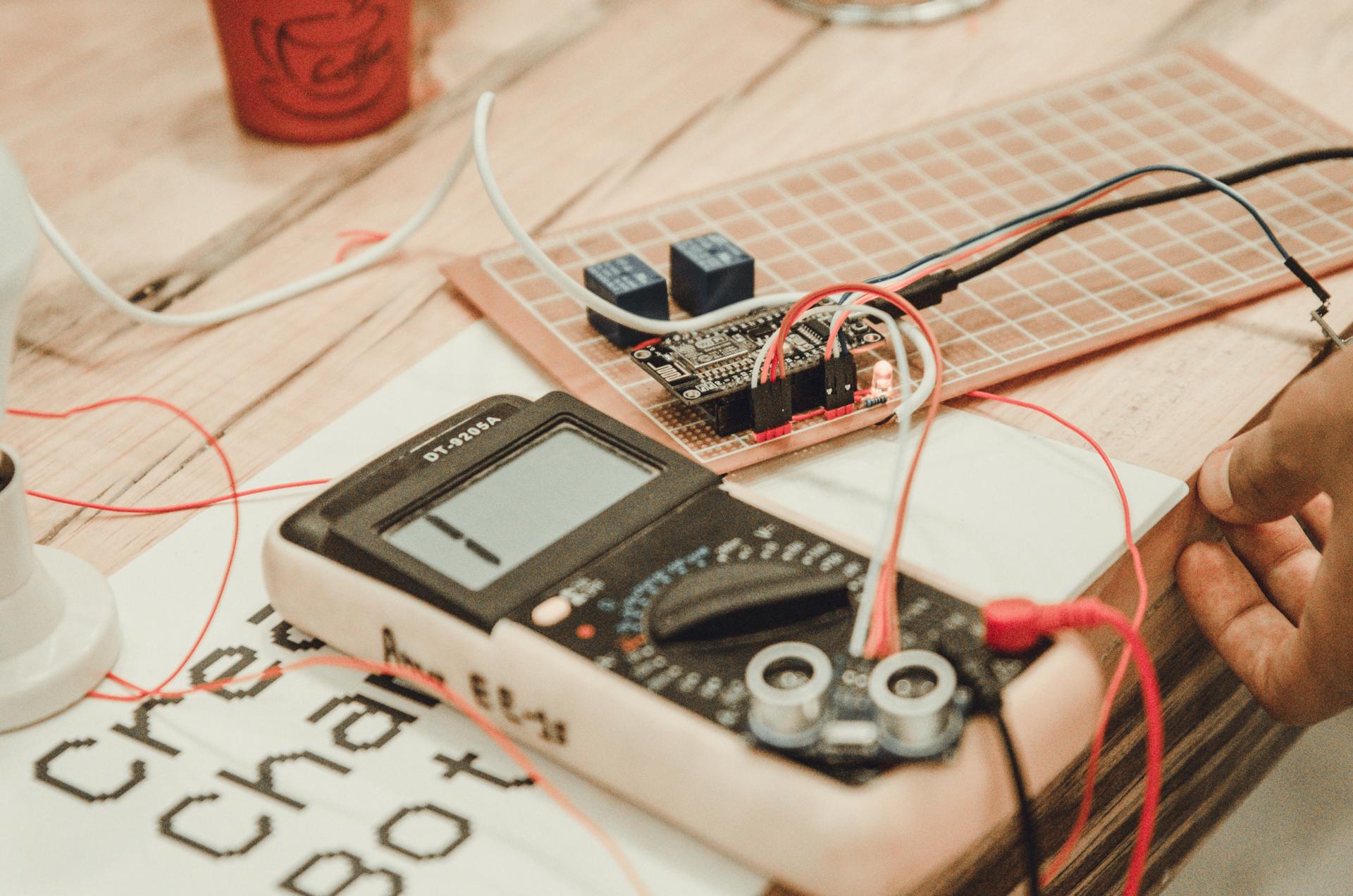House Electric Safety: An Overview to Conducting an Electric Safety Test

In terms of home security one of the primary areas to consider is electrical safety. Testing for electrical safety is the process of checking the electrical system within your home to make sure that it is safe and in compliance with the latest standards. In this article we’ll provide an overview of what the electrical safety tests are, what tools will be required in order to carry them out, how to carry out the tests and the warning signs to be on the lookout for.
What exactly is what is an Electrical Safety Test?
An electrical safety test is the process of inspecting the electrical system inside your home to verify that it’s safe and functioning correctly. The importance of electrical safety tests is as they can prevent electrical accidents and fires, and ensure the longevity of your electrical system.
Tools Needed to conduct an electrical Safety Test
In order to conduct an electrical safety test you’ll need a few essential equipment. This includes an electrical voltage tester, a continuity tester, circuit tester as well as an outlet tester. It is utilized to check for live circuits, whereas the continuity tester looks for circuits that are damaged. Circuit testers are used to detect wiring problems as well as the outlet tester is used to detect electrical issues in outlets. It is essential to utilize the tools correctly in order to obtain precise results.
How do I Conduct an Electrical Safety Test
To perform the electrical test at your home Follow these steps:
Switch off the power source on the circuit or circuits you’re testing.
Use your voltage tester to test for live circuits.
Use this continuity tester to test the integrity of your circuit.
Make use of the circuit tester for checking for wiring faults.
Use the outlet tester to find any wiring issues in the outlets.
During the process of testing make sure you look for signs of damage or wear on the wires for example, frayed or broken wires, burn marks, as well as loose or damaged connections. If you spot any problems, it’s important to address the issues as soon as you can to prevent any potential dangers.
Signals of electrical problems to Watch Out for
There are a variety of warning signs that could indicate electrical problems in your house. They include flickering light bulbs, frequent circuit breaker tripping noises that crackle or buzz emanating from outlets. They also include outlet that are hot or discolored and a smell of burning. If you spot any of these signs, it’s important to act immediately to prevent any electrical dangers.
Conclusion
Electrical safety tests are crucial for ensuring your safety and family. By performing regular tests and fixing any issues quickly to avoid any potential electrical hazards and extend the lifespan of your electrical system. If you require assistance in electrical repairs or testing do not hesitate to call Local Electrician Quakers Hill. Our experienced team can offer you expert advice and assistance. Contact us via 1300 610 481 to schedule an appointment or request a quotation.
FAQ Section
When should I do an electrical safety test at my home?
We recommend conducting safety tests for electrical equipment at least once a year.
Can I perform an electrical safety test on my own or do I need a professional?
Although it’s possible to conduct tests for electrical safety yourself, it’s recommended to hire an expert to guarantee accurate results and prevent potential hazards.
Are there any frequently encountered electrical problems found during an electrical safety test?
The most frequently-repeated electrical issues found during a safety test comprise defective wiring, circuits that are overloaded and outdated electrical systems.
What should I do if encounter a problem in the electrical safety test?
If you find an issue in the electrical safety test It is crucial to act immediately. This may involve making contact with an expert electrician to resolve the issue or replacing the equipment that is malfunctioning.
